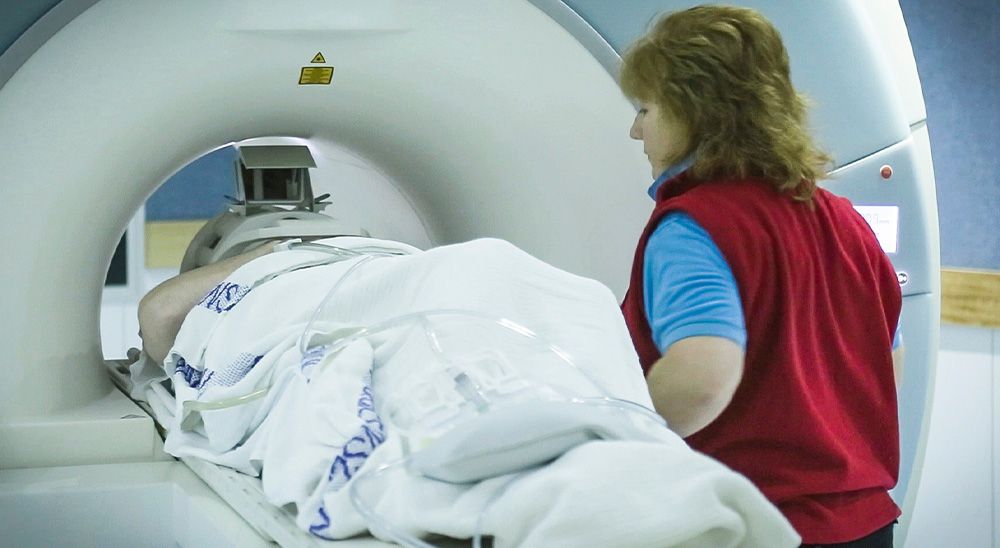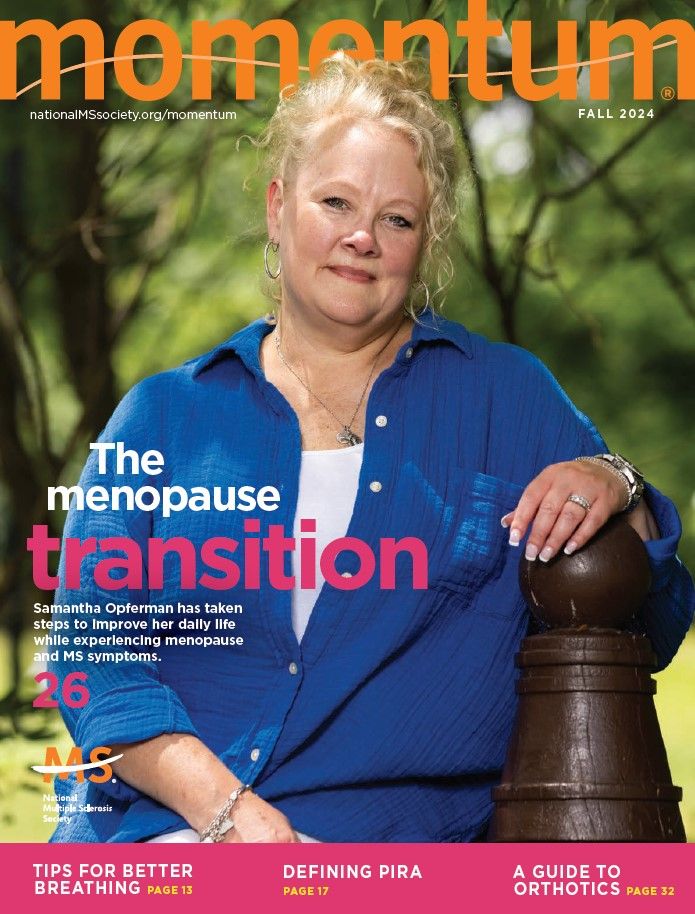Everything You Need to Know About the Updated MS Diagnostic Criteria

Developing MS Diagnostic Criteria
What This Means for You
Earlier Diagnosis
There are 5 main changes in this category.The first three have to do with a concept called dissemination. Traditionally, an MS diagnosis relies on evidence of damage (lesions) to the central nervous system (CNS) that occurred at different times in someone’s life (known as dissemination in time, or DIT) and in different areas, or spaces, of the CNS (dissemination in space or DIS).The 2024 McDonald Diagnostic Criteria no longer require evidence of DIT for an MS diagnosis. And they make a big change to DIS.The 2017 criteria listed four DIS locations:- The spinal cord
- The periventricular part of the brain
- The brain cortex
- The brain stem and cerebellum
Disseminating the Message
The National Multiple Sclerosis Society is offering a variety of educational tools for both people with MS and providers to acquaint them with the 2024 McDonald Diagnostic Criteria.For people living with MS, “a big part of our messaging is if you already have MS, these criteria are not designed to take your diagnosis away,” says Julie Fiol, the Society’s associate vice president of clinical innovation and strategy.For clinicians, the Society and the European Committee for Treatment and Research in MS (ECTRIMS) are providing education about the 2024 criteria at various professional meetings. There will also be OnDemand, virtual training for clinicians, both MS specialists and generalists.“The goal is not to make patients get all of the tests, but to use the ones that make sense,” Fiol says. The new criteria are “intended to provide more options to do what makes sense for the patient in front of you and to get to an MS diagnosis more quickly.”For people who are being evaluated for MS, Azevedo says the 2024 criteria offer new options to discuss with your healthcare providers as part of a diagnostic workup.“You could ask: ‘Can my MRI include central vein imaging, and will we be able to see paramagnetic rim lesions?’ I also recommend seeing an ophthalmologist for optic nerve testing, and asking about spinal fluid testing,” she says.The bottom line, Azevedo says, is “the updated diagnostic criteria can make life better for people with MS because we’ll be able to diagnose earlier and more accurately, and that’s the foundation of the entire treatment plan.”










